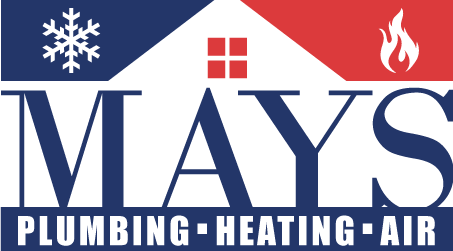Plumbing leaks are a common issue for homeowners, but in South Carolina, the mix of older homes, high humidity, hard water in certain regions, and occasional freezing temperatures makes them especially prevalent. A small leak can quickly escalate into wasted water, higher utility bills, structural damage, and mold growth—particularly in the state’s humid climate. Understanding the most frequent types of leaks and how to address them promptly can save time, money, and stress.
This guide provides clear, actionable information to help South Carolina homeowners identify and resolve common plumbing leaks safely and effectively.
Most Common Plumbing Leaks in South Carolina Homes
1. Dripping Faucets and Showerheads
A steady drip may seem minor, but it can waste thousands of gallons of water annually. In areas with hard water, mineral deposits accelerate wear on internal components.
Cause: Worn washers, O-rings, or cartridges inside the faucet or showerhead. Mineral buildup from hard water can prevent proper sealing.
Quick Fix:
- Turn off the water supply at the shut-off valve (usually beneath the sink or near the shower).
- Remove the faucet handle using a screwdriver or Allen wrench.
- Replace the damaged washer, O-ring, or cartridge with an exact match (available at any hardware store).
- Reassemble the fixture and restore water flow to test.
Tip: Clean mineral deposits with white vinegar to extend the life of new parts.
2. Running or Leaking Toilets
A running toilet is one of the biggest hidden water wasters, often going unnoticed as water quietly drains into the bowl.
Cause:
- Faulty flapper (the rubber seal at the bottom of the tank)
- Malfunctioning fill valve allowing continuous water flow
Quick Fix:
- Test the flapper: Add a few drops of food coloring to the tank. Wait 10–15 minutes without flushing. If color appears in the bowl, the flapper needs replacement.
- Turn off the water supply behind the toilet and flush to empty the tank.
- Unhook the old flapper and chain, then install a new one (ensure proper size and fit).
- For a faulty fill valve, replace it with a new adjustable model and set the water level 1 inch below the overflow tube.
3. Under-Sink Pipe and Drain Leaks
Leaks under sinks often develop at joints due to daily wear, chemical exposure, and loose connections.
Cause:
- Loose or worn compression fittings on supply lines
- Cracked washers or misaligned joints in the P-trap (the U-shaped drain pipe)
Quick Fix:
- Place a bucket beneath the leak to catch water.
- Supply lines: Gently tighten the compression nut with an adjustable wrench. If leaking continues, replace the rubber gasket inside.
- Drain assembly: Hand-tighten slip nuts on the P-trap. If needed, disassemble, clean out debris, and reassemble with fresh washers.
Tip: Avoid harsh chemical drain cleaners—they corrode pipes over time.
4. Water Heater Leaks
Often located in garages, closets, or utility rooms, water heater leaks can go undetected until significant damage occurs.
Cause:
- Faulty temperature and pressure (T&P) relief valve
- Loose or corroded drain valve
- Tank corrosion (especially in units over 10 years old)
Quick Fix (Temporary):
- Identify the source. If the T&P valve is leaking, it may indicate excessive pressure—test by briefly lifting the lever.
- Tighten the drain valve at the base if loose.
- If the tank itself is leaking, shut off the cold water supply and power/gas immediately. The unit likely needs full replacement.
Detecting Hidden Leaks in South Carolina Homes
Hidden leaks—inside walls, under slabs, or in crawlspaces—are especially dangerous in humid climates where mold grows rapidly.
Warning Signs:
- Sudden spike in water bills without increased usage
- Water meter movement after all fixtures are turned off
- Damp spots on walls, ceilings, or floors
- Musty odors or visible mold (common in crawlspaces)
- Warm spots on slab floors (indicating a hot water line leak)
Detection Method:
- Shut off all water-using appliances and fixtures.
- Record the water meter reading.
- Wait 2–3 hours and check again. Any change indicates a hidden leak.
Emergency Response: Act Fast to Minimize Damage
- Shut off the main water supply (typically near the water meter or where the main line enters the home).
- Isolate the affected fixture using its local shut-off valve if possible.
- Drain remaining water by opening the lowest faucets in the home.
- Turn off electricity in flooded areas to prevent shock or fire hazards.
- Contact a professional plumber immediately for assessment and repair, especially if the leak is severe, hidden, or involves the water heater.
Prevention Tips for South Carolina Homeowners
- Inspect visible pipes and fixtures quarterly.
- Insulate pipes before winter to prevent freezing.
- Address small drips immediately—early action prevents major repairs.
- Consider installing water leak detectors for real-time alerts.
- Schedule annual professional plumbing inspections to catch issues early.
By staying proactive and informed, South Carolina homeowners can protect their properties from the costly and disruptive effects of plumbing leaks. Quick action and regular maintenance are the best defenses against water damage in any home.
